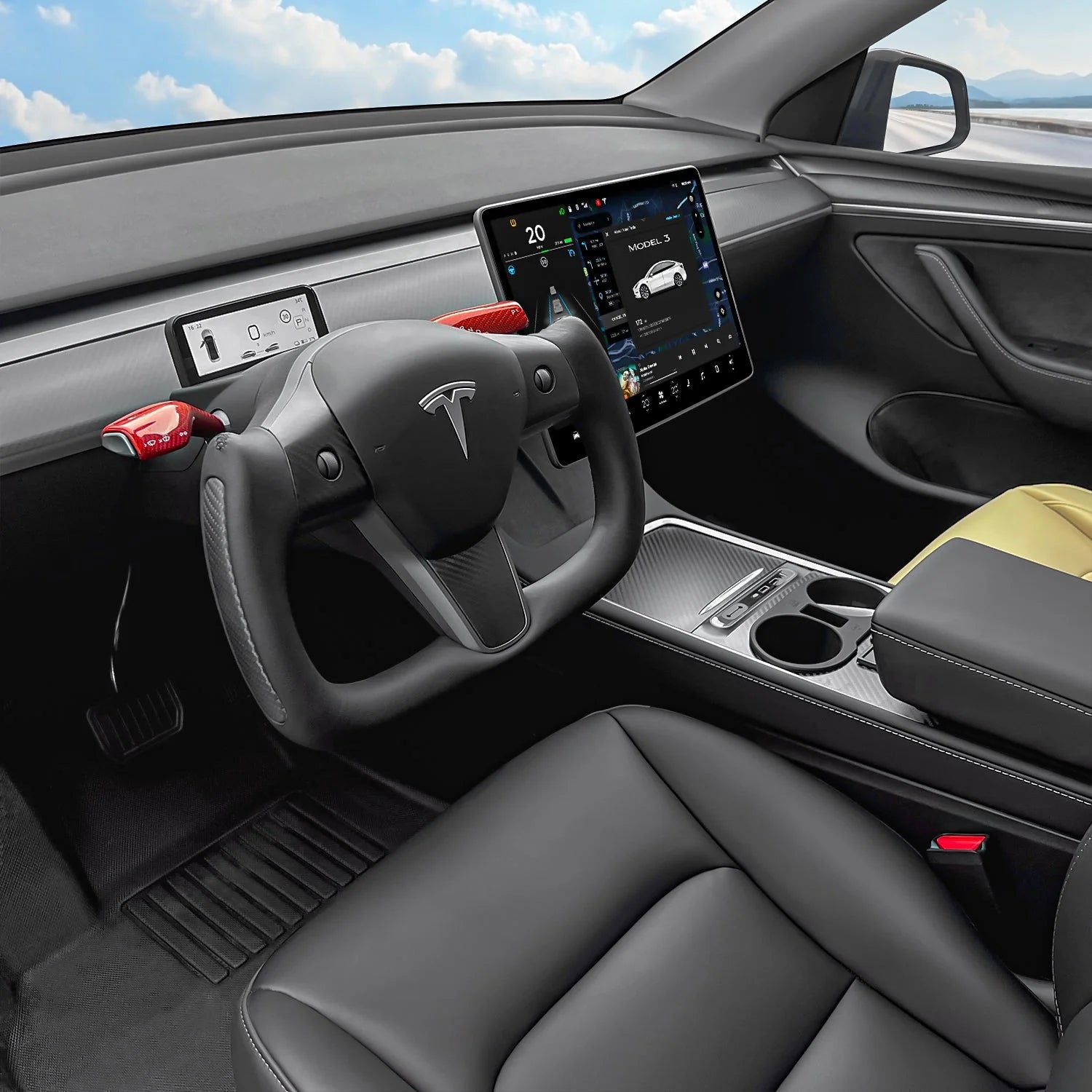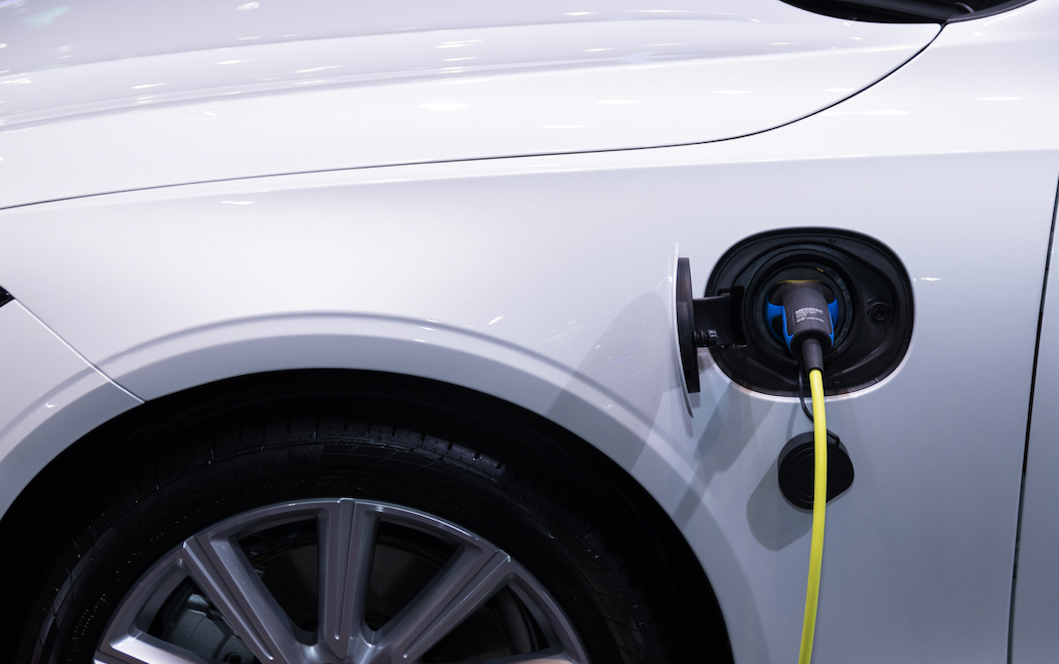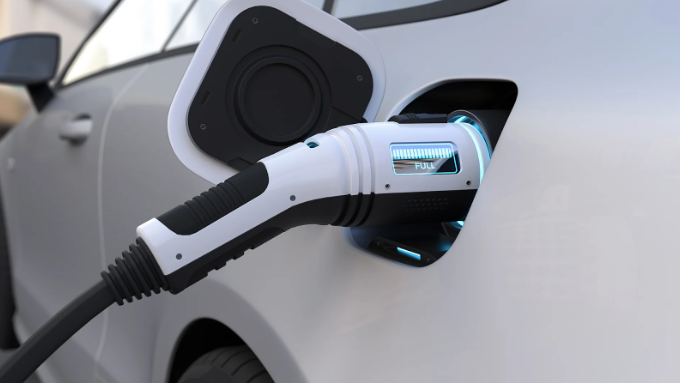Разбирането на разликите между монофазни и 3-фазни системи за зареждане е ключово при определяне на необходимостта от 3-фазно зарядно за кола.
Еднофазно срещу 3-фазно зареждане: Сравнение
Еднофазното зареждане, често срещано в повечето домакинства, използва един проводник за захранване, като обикновено достига максимум 7,4kW (32 ампера). Това е достатъчно за нощно зареждане на батерии с по-малък капацитет, обикновено до 50 kWh. Това означава, че 50 kWh батерия ще се зареди за по-малко от 8 часа.
За разлика от това, трифазното зареждане използва три проводника, което значително увеличава капацитета за пренос на мощност, често до 22 kW (при 32 A). Тази разлика влияе не само върху скоростта на зареждане, но и върху надеждността и ефективността на подаването на енергия, което прави трифазните системи по-подходящи за по-бързо и по-последователно зареждане.
Какво е 3-фазно зарядно за кола?
Трифазното зарядно устройство за кола работи с три електрически кабела и е проектирано да работи с по-високи напрежения, обикновено 380 волта, в сравнение с 230 волта в еднофазните зарядни устройства. Това му позволява да осигурява много по-бързи скорости на зареждане, достигащи до 11 kW (16 A) или 22 kW (32 A). В резултат на това трифазните зарядни устройства за кола са изключително полезни за електрически превозни средства с по-голям капацитет на батериите или за потребители, които се нуждаят от по-бързо време за зареждане, за да отговорят на изискванията си за начин на живот или работа.
Ползите от използването на 3-фазно зарядно за кола
Избор на 3-фазен Зарядно за електрически превозни средства носи няколко предимства, особено за собствениците на електрически превозни средства със специфични изисквания за зареждане. Ключовите предимства включват по-бързо, по-ефективно и икономически изгодно решение за зареждане на електрически превозни средства, особено подходящо за тези с по-високи потребителски изисквания.
Обяснено по-бързо време за зареждане
Основното предимство на 3-фазното зарядно за електрически превозни средства е способността му да зарежда електрически превозни средства много по-бързо от еднофазните зарядни устройства. Поради по-високата изходна мощност, 3-фазното домашно зарядно за електрически превозни средства може да зареди... Батерията на електромобила до почти три пъти по-бързо (като пример е взето 22kW трифазно зарядно устройство за електрически превозни средства). Това е особено предимство за електрически превозни средства със значителни размери на батериите.
Повишена ефективност за високи изисквания за мощност
Трифазните зарядни устройства предлагат повишена ефективност, особено при високи изисквания за мощност. Способността на системата да разпределя натоварването равномерно между три проводника намалява шансовете за претоварване и минимизира загубата на енергия по време на зареждане. Това прави трифазното зареждане не само по-бързо, но и по-ефективно и по-безопасно в сравнение с еднофазното зареждане.
Дългосрочно спестяване на енергия и разходи
В дългосрочен план ефективността и скоростта на 3-фазното зареждане се превръщат в спестяване на енергия и разходи. Балансираното разпределение на натоварването и по-бързите времена за зареждане означават, че се губи по-малко енергия и електромобилите прекарват по-малко време включени в мрежата, намалявайки общите разходи за електроенергия. Докато използвате 3-фазно зарядно за EV, можете да се възползвате от по-ниската нощна тарифа, която обикновено е 8 часа. По-големите батерии (60 kWh и повече) няма да могат да се заредят напълно за по-малко от 8 часа, ако не използват 11kW или 22kW 3-фазно зарядно за кола.
Идентифициране дали имате нужда от 3-фазно зарядно за кола
Решаването дали имате нужда от 3-фазно зарядно за електрически автомобили включва оценка както на възможностите на вашия автомобил, така и на вашите лични навици за зареждане. Първо проверете дали вашият EV е съвместим с 3-фазно зареждане, след което помислете дали еднофазното зарядно устройство ще задоволи вашите нужди.
Оценяване на изискванията за зареждане на вашия автомобил
Когато обмисляте 3-фазно зарядно за EV, първата стъпка е да оцените възможностите за зареждане на вашия автомобил. Проверете спецификациите на вашето EV, за да определите максималната му скорост на зареждане. Много съвременни електромобили, особено тези, предназначени за по-дълъг пробег или търговска употреба, са съвместими с 3-фазно зареждане и могат да се възползват от по-бързите скорости на зареждане, които предлага. Например превозни средства като BMW i3, Tesla и Audi e-tron и много други могат да използват ефективно 3-фазни зарядни устройства (до 11 kW). От друга страна, някои електромобили, особено по-старите модели или тези с по-малки батерии, може да не изискват висока мощност на 3-фазно зарядно за кола и могат да бъдат достатъчно заредени с еднофазна система. Примери за това са Nissan Leaf, Smart Fortwo, Fiat 500e (американска версия), Mitsubishi i-MiEV и Volkswagen e-Up! и много други.
Имайки предвид вашите ежедневни навици за шофиране и зареждане
Ежедневните ви навици за шофиране и зареждане също играят решаваща роля при определянето дали 3-фазното зарядно за електрически автомобили е подходящо за вас. Ако често шофирате на дълги разстояния и се нуждаете от бързи разстояния между пътуванията, по-бързите времена за зареждане на 3-фазна система могат да бъдат много полезни. Освен това, ако имате повече от едно EV или планирате да разширите използването на EV, 3-фазна система може да поеме повишеното търсене, осигурявайки ефективно зареждане за няколко превозни средства едновременно.
Където е налично 3-фазно зареждане
Трифазното електричество обикновено се предлага в търговски и промишлени условия поради по-високия му мощностен капацитет. В Европа трифазното захранване е стандартно в много райони, може също да намерите опции за трифазно зареждане в жилищни условия, особено в по-нови сгради или домове с модернизирани електрически системи. Наличието на 3-фазно зареждане се разширява с нарастването на приемането на електромобили, като все повече обществени станции за зареждане и жилищни инсталации включват тази технология.
Съвместимост: Превозни средства, които се възползват от 3-фазно зареждане
Не всички електрически превозни средства са съвместими с 3-фазно зареждане, но тези, които са, могат значително да се възползват от по-бързите скорости на зареждане. Автомобилите, предназначени за 3-фазно зареждане, обикновено имат по-големи батерии и са създадени за по-висока производителност или по-дълъг обхват. Тъй като пазарът на електромобили продължава да се развива, повече модели се оборудват, за да се възползват от възможностите за 3-фазно зареждане. Важно е да проверите ръководството за вашето превозно средство или да се консултирате с производителя, за да определите дали вашето EV е съвместимо с 3-фазно зареждане и дали може напълно да използва по-бързите скорости на зареждане, които предлага.




